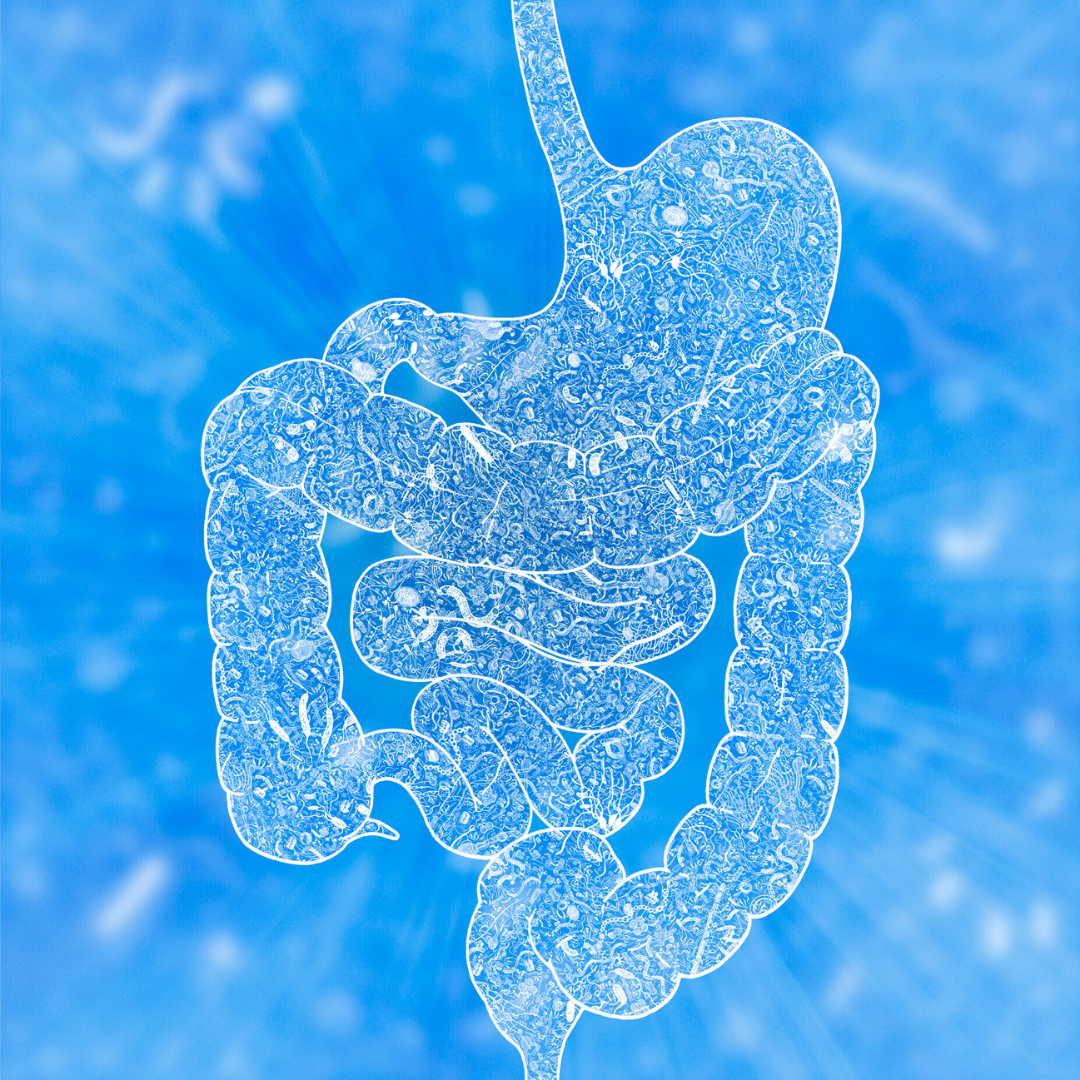There are so many factors that can alter our gut microbiome – our diet, age, disease, our environment and antibiotics. It is known that bile acids have a part to play in the regulation of our microbiome. Bile acids are thought to reduce inflammation in the gut, therefore allowing proper gut function. We need bile for healthy digestion. Bile is required for the emulsification and uptake of fats . If you are on a ketodiet with a high intake of fats, you really want your bile acid production optimised so that these fats are absorbed. Bile is also important for removing biotransformed toxins. So it is essential that you have good bile flow to get rid of toxins in the blood. More on that later.
How are bile acids made?
The major way that the body gets rid of cholesterol is via conversion to bile acids. Bile acids are made from cholesterol in hepatocytes (liver cells) with the help of many enzymes. It is then modified in bile duct epithelium. Bile then enters the gall bladder where it is either stored or secreted in the duodenum (small intestine), particularly after high-fat meals. It acts as an emulsifying agent to break up fat into smaller globules, making fats more soluble. This allows fats to be carried in the intestinal mucosa, absorbed into the lympathic system and then ends up partitioned in the blood. It’s not just triglycerides (our main source of dietary fats) that absorbed in this way but also our fat-soluble vitamins A,D,E, K and to some extent, beta-carotene.
Bile is about 95% water. The rest is a mix of bile salts, cholesterol, bilirubin phospholipid, amino acids, enzymes, vitamins and toxins! Bile acids become bile salts when congjugated with the amino acids glycine or taurine.
Toxin Removal
Bile removes harmful lipophilic (fat-soluble) toxic substances and other waste including endogenous substrates like bilirubin and bile salts which are too large to be readily filtered or excreted by the kidney. Many hormones and pheromones are excreted in bile. Environmental toxins, heavy metals, drugs and xenobiotics are often found in bile.
Lipid Metabolism
Bile salts which are found in bile emulsify dietary fats and facilitate their intestinal absorption. In more detail:
- First, bile acids are essential for the formation of mixed micelles in the small intestine that makes the dietary fats more soluble so that they are digested and absorbed.
- Second, the micelles present in the gall bladder serve to solubilise cholesterol in bile, thus impairing cholesterol crystallization and gallstone formation.
Bile & Immune function
Bile protects us from enteric infections by excreting immune globulin A (IgA), inflammatory cytokines, and stimulating the innate immune system in the intestine. Bile acids also reduce inflammation in the gut and improve intestinal motility and bacterial growth.
Bile acids as hormones
Bile acids are now regarded as important hormones. Bile acids have long been known to help with the digestion and absorption of lipids (fats). We now know that bile acids also function as hormones that bind to nuclear receptors and, through that mechanism, modulate the expression of proteins involved in cholesterol homeostasis. In our gut, bacteria produces secondary bile acids which bind and activate these nuclear receptors more than our primary bile acids. Bile acid nuclear receptors are found in tissues such as the heart and fat tissue.
Bile acids and enterohepatic circulation
Gut bacteria metabolise bile acids to form secondary bile acids. The majority of the primary & secondary bile acids is reabsorbed by the intestines and returned to the liver where some of them undergo glucuronidation and sulfation. Specifically bile acids are reabsorbed in the small intestine and colon and then come back into circulation as the enterohepatic circulation.
When fat enters your small intestine, you secretes CCK (cholecystokinin), which sends a signal to your gallbladder to send bile into the small intestine to aid digestion and absorption.
Bile acids and metabolism
Bile is involved in the modulation of metabolic pathways, including lipid metabolism, glucose metabolism, and insulin sensitivity. Because bile acts as a hormone that activates distinct receptors , this activation alters gene expression in multiple tissues leading to not just changes in bile acid metabolism but also in glucose homeostasis (balance), lipid and lipoprotein metabolism. More generally, studies have shown that bile acids work alongside insulin to regulate the metabolism of nutrients in the liver.
Bile acids and your liver
It has been suggested that there is a connection between liver health and the composition of our gut microbiome. One study showed that as liver cirrhossis progressed, bacterial dysbiosis (overgrowth of pathogenic bacteria) that accompanied it was due to low levels of bile acids in the intestine. This dysbiosis was characterised by significant reduction in gram-positive bacteria of the normal microbiome.
What happens when normal bile acid synthesis is disrupted?
Problems with bile can arise from problems with bile synthesis, secretion of bile and also sluggish bile flow. Specifically disruption can be due to: issues with transport between organs, bile synthesis, issues with the bacterial degradation of bile during enterohepatic cycling, malabsorption of bile acids. If this occurs, you could have higher concentrations in the colon which could disrupt the mucosal cell functions. You dont want your bile acid levels to be too high as this can be toxic.
A number of imbalances occur with poor bile acid synthesis including cholestasis, gallstones, inflammation, malabsorption of fats and fat-soluble vitamins (vitamins A,D,E,K) therefore leading to vitamin deficiences, bacterial overgrowth in the small intestine, atherosclerosis and neurological disease. Colorectal cancer, functional bowel disorders, inflammatory bowel disease and metabolic disorders like cardiovascular disease, obesity, diabetes can also be an outcome of disrupted bile secretion or synthesis.
